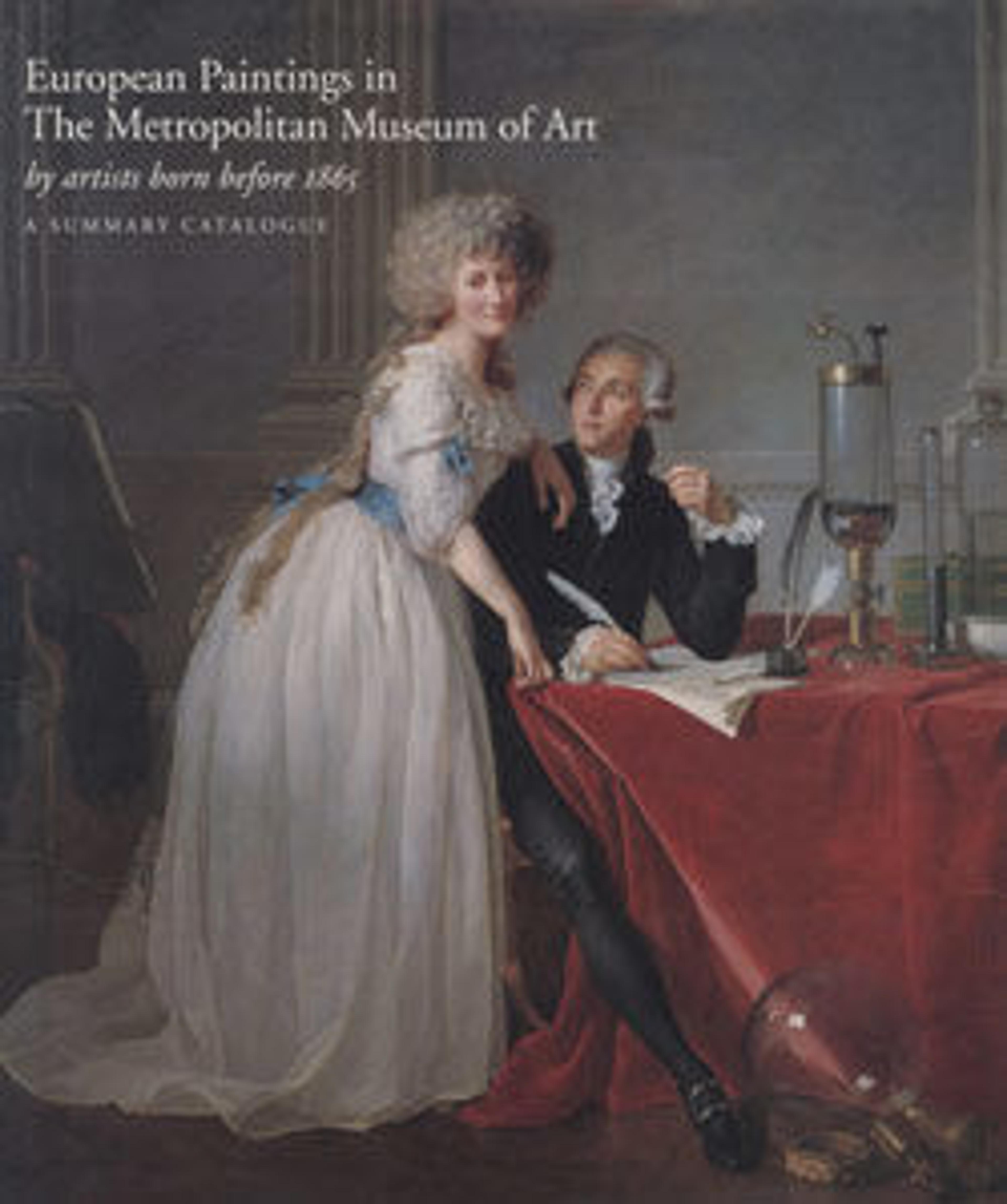An Egyptian Peasant Woman and Her Child
In December 1867, Jean-Léon Gérôme asked Bonnat, "Doesn’t a trip to the Orient seem tailor made for you?" Together with other friends, they toured the Middle East from January to May 1868. This painting of a woman and child, set against the sky in a summary landscape, was inspired by the journey. The picture was praised at the Paris Salon in 1870, and again when it was first exhibited in New York in 1876. When Catharine Lorillard Wolfe bequeathed the picture to The Met it was deemed "a true and vital portrait of two clearly realized individuals [with] a wonderful dignity, sobriety, strength, and beauty."
Artwork Details
- Title:An Egyptian Peasant Woman and Her Child
- Artist:Léon Bonnat (French, Bayonne 1833–1922 Monchy-Saint-Eloi)
- Date:1869–70
- Medium:Oil on canvas
- Dimensions:73 1/2 x 41 1/2 in. (186.7 x 105.4 cm)
- Classification:Paintings
- Credit Line:Catharine Lorillard Wolfe Collection, Bequest of Catharine Lorillard Wolfe, 1887
- Object Number:87.15.97
- Curatorial Department: European Paintings
More Artwork
Research Resources
The Met provides unparalleled resources for research and welcomes an international community of students and scholars. The Met's Open Access API is where creators and researchers can connect to the The Met collection. Open Access data and public domain images are available for unrestricted commercial and noncommercial use without permission or fee.
To request images under copyright and other restrictions, please use this Image Request form.
Feedback
We continue to research and examine historical and cultural context for objects in The Met collection. If you have comments or questions about this object record, please contact us using the form below. The Museum looks forward to receiving your comments.
